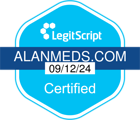As a board-certified dermatologist, I’m always evaluating which emerging ingredients truly live up to the hype—and which fall short. Lately, there’s been a lot of buzz about NAD+, and for good reason. You might’ve heard of it in conversations around energy or longevity, but it’s also making a meaningful impact in skincare.
So is NAD+ just another trendy acronym, or is it something you should genuinely consider for your skin? Based on the science and what I’m seeing in clinical practice, I believe it deserves your attention. Let me walk you through why.
What Exactly Is NAD+?
NAD+ (nicotinamide adenine dinucleotide) is a coenzyme found in every single cell in your body. It’s essential for:
- Generating cellular energy through your mitochondria
- Repairing damaged DNA
- Regulating inflammation
- Supporting your skin’s protective barrier
Unfortunately, NAD+ levels decline significantly with age—some studies show a drop of over 50%. This decline affects your skin’s ability to repair, hydrate, and protect itself, leading to dullness, slower healing, and more visible signs of aging.
How NAD+ Supports Skin Health
1. Promotes Skin Cell Repair and Renewal
One of NAD+’s most exciting benefits is how it powers enzymes (like sirtuins) that protect and repair DNA. This becomes critical when we’re constantly exposed to stressors like UV light, pollution, and oxidative damage.
2. Strengthens the Skin Barrier
As someone who treats a lot of sensitive and compromised skin, I appreciate how NAD+ helps rebuild and maintain the lipid matrix and proteins that hold our barrier together. That means better hydration and fewer irritants sneaking in.
3. Reduces Oxidative Stress
Oxidative stress accelerates aging. NAD+ is crucial in activating antioxidant defenses that fight back, helping your skin stay resilient, firm, and calm.
4. Fuels Mitochondrial Energy Production
Your skin cells need energy to regenerate, produce collagen, and recover from damage. NAD+ supports ATP production—the energy currency of the cell—keeping skin functioning at its best.
NAD+ in Dermatology Today
In the dermatology world, we’re keeping close tabs on NAD+ in several contexts:
- Topical NAD+ precursors in serums and moisturizers for repair support
- Synergistic combos with antioxidants to combat photoaging
- NAD+ use post-laser and microneedling for recovery acceleration
- Potential benefits for skin conditions like eczema and rosacea
While large-scale trials are still evolving, early data—and clinical observations—suggest NAD+ has real potential to boost results and fortify skin against environmental stressors.
Final Thoughts
NAD+ isn’t just skincare marketing—it’s rooted in cell biology, and its applications in dermatology are growing. Whether you’re looking to revitalize tired skin, support healing, or simply age more gracefully, NAD+ is a promising tool in your skincare toolbox. I always recommend taking a thoughtful, science-forward approach to skincare. And for many of my patients, NAD+ fits beautifully into that framework.
If you’re curious about how NAD+ might benefit your skin or how to integrate it into your routine, explore Alan Health's NAD+ Face Cream with 10% NAD+—a science-backed formula designed to support skin repair and resilience. The team at Alan Health is always available to answer your questions and help you build a routine that works.
{{nad-face-cream}}
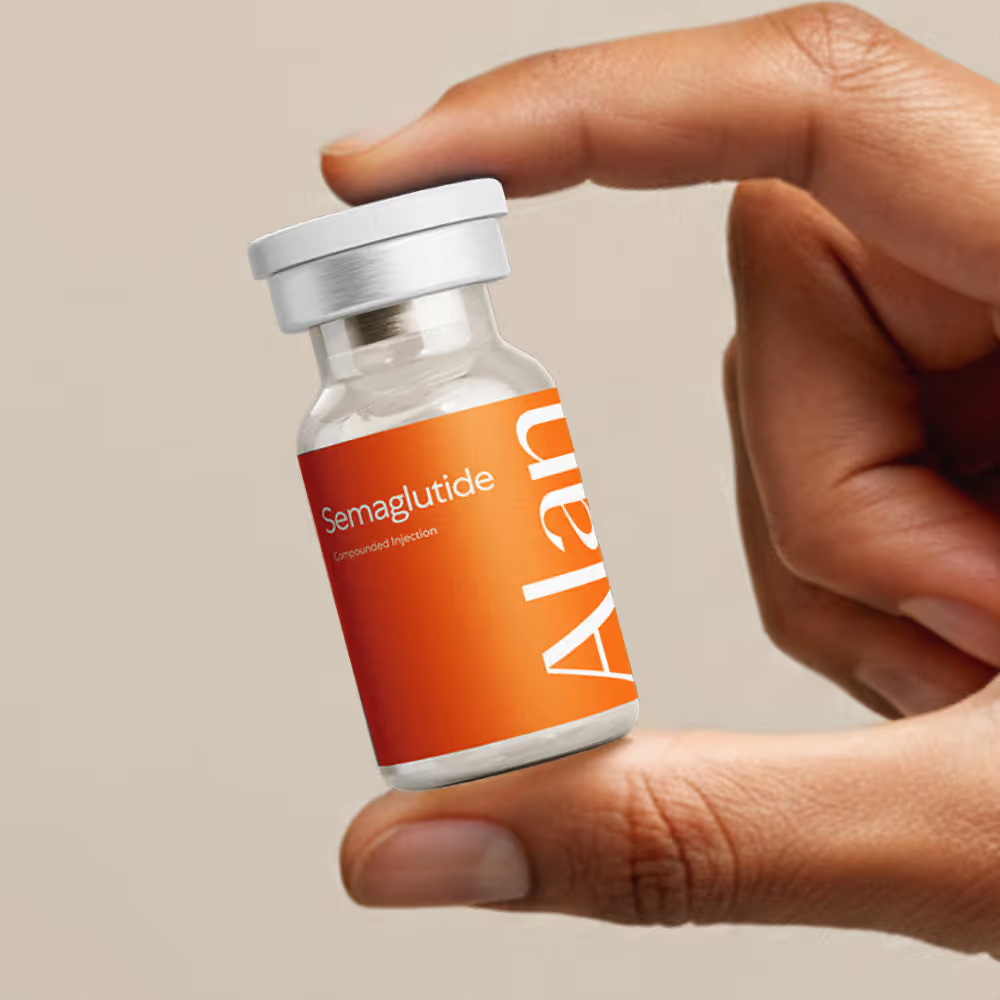

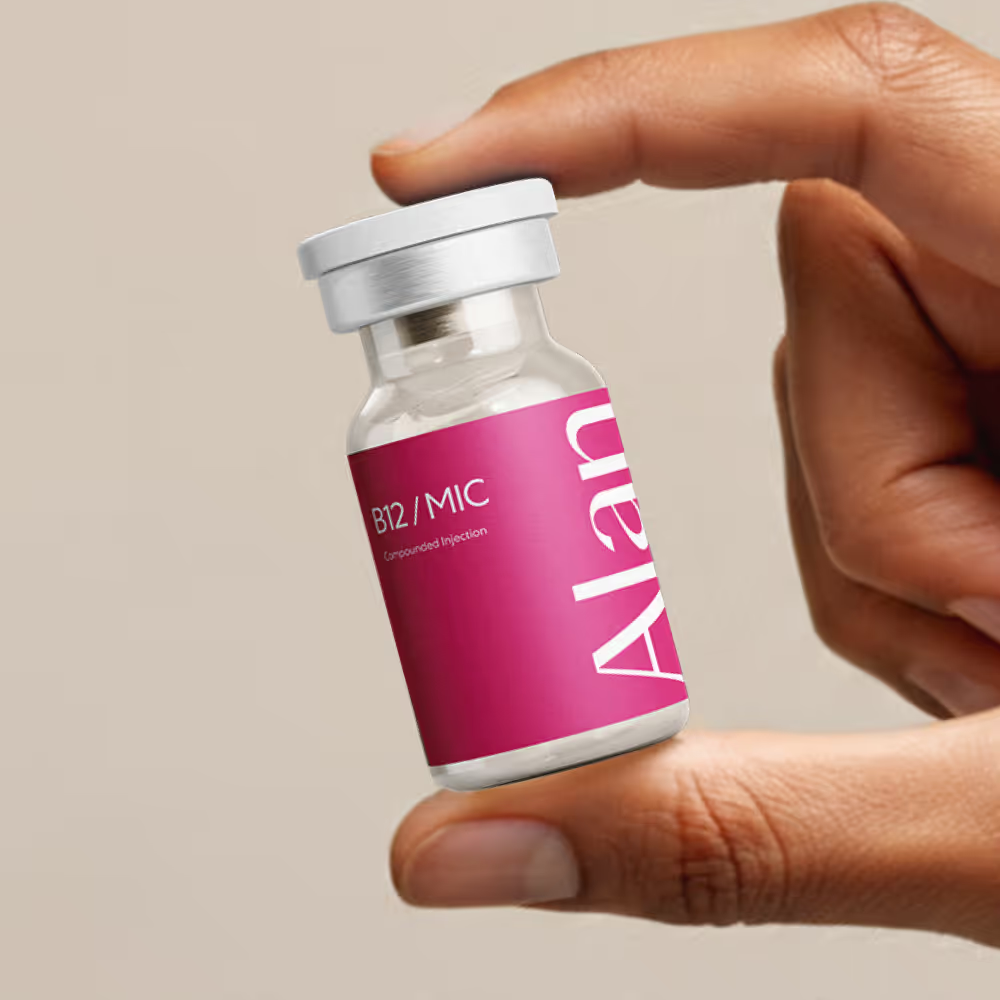

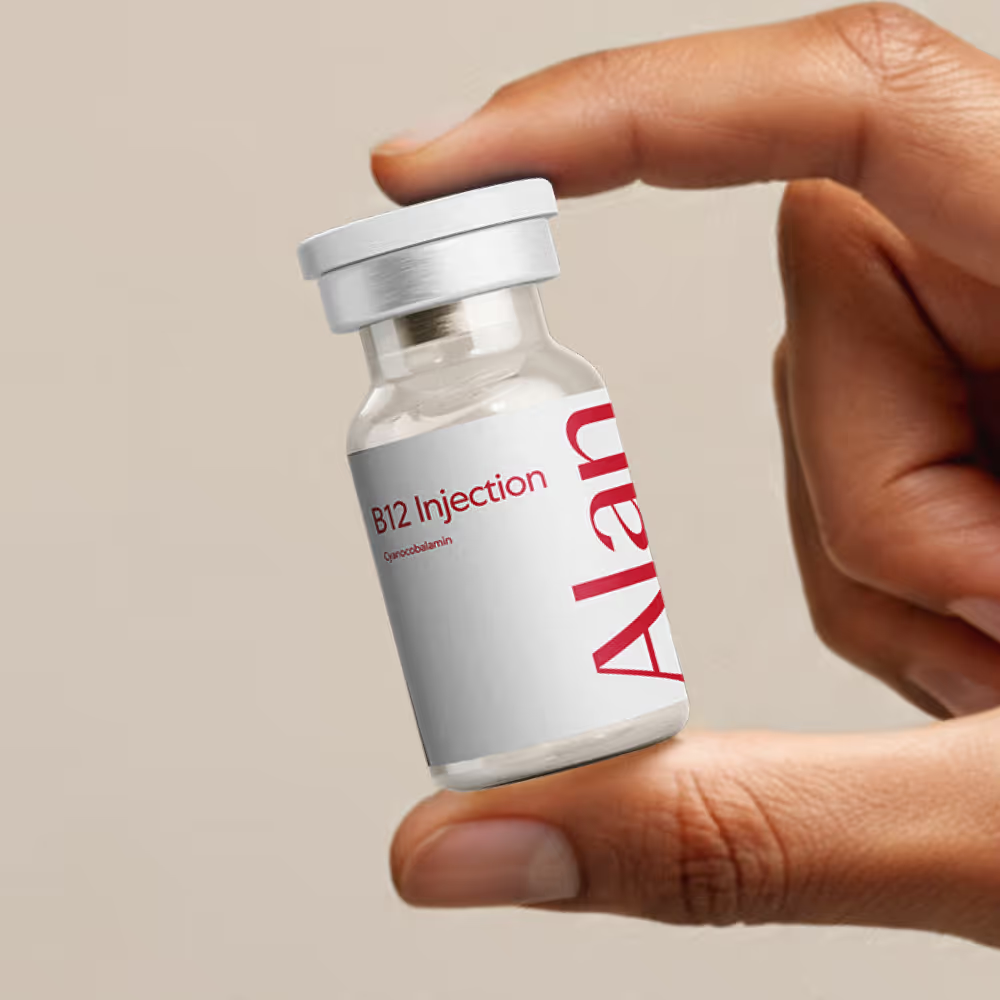

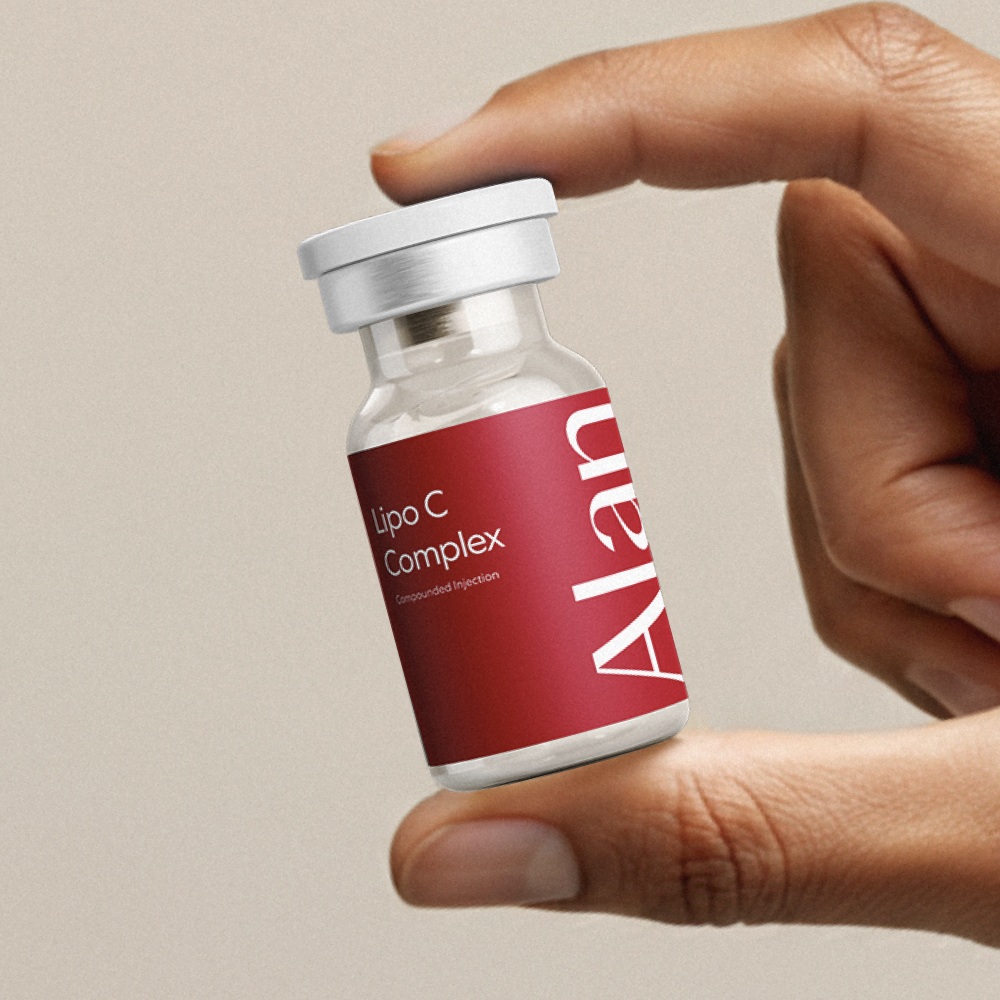

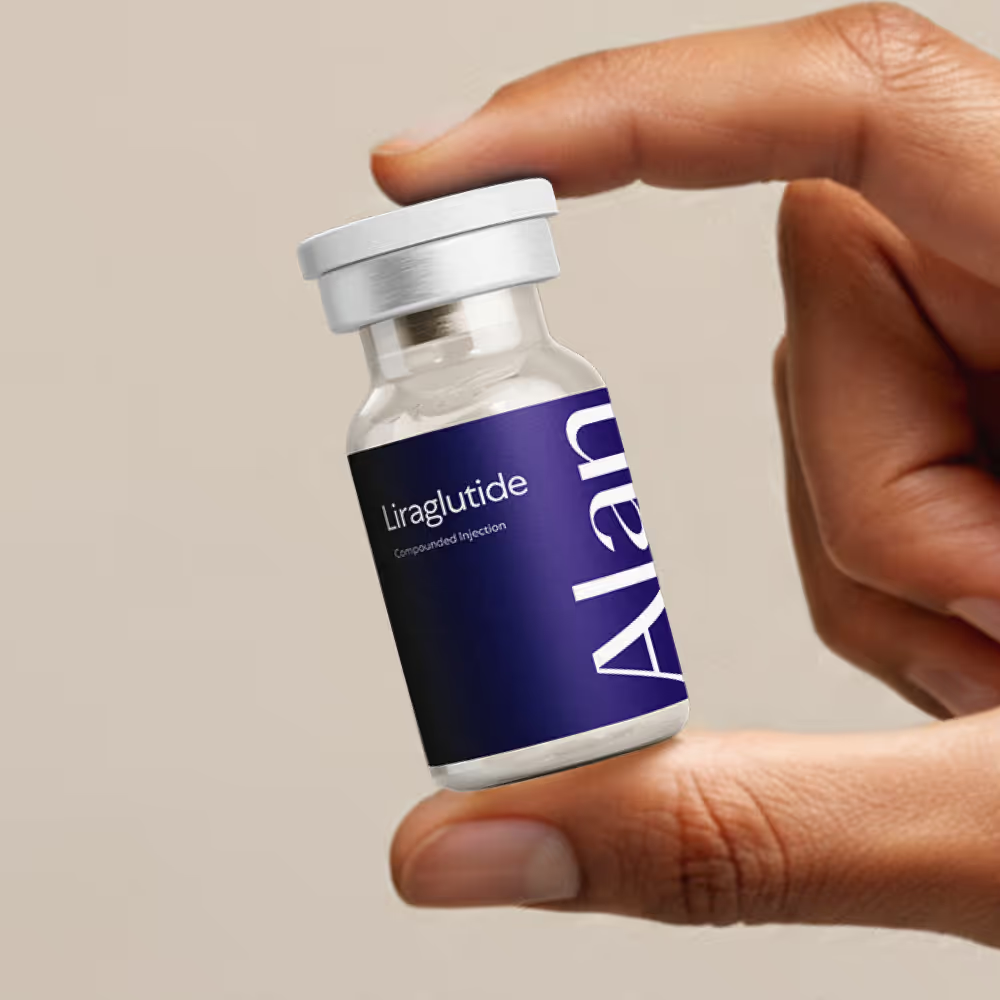

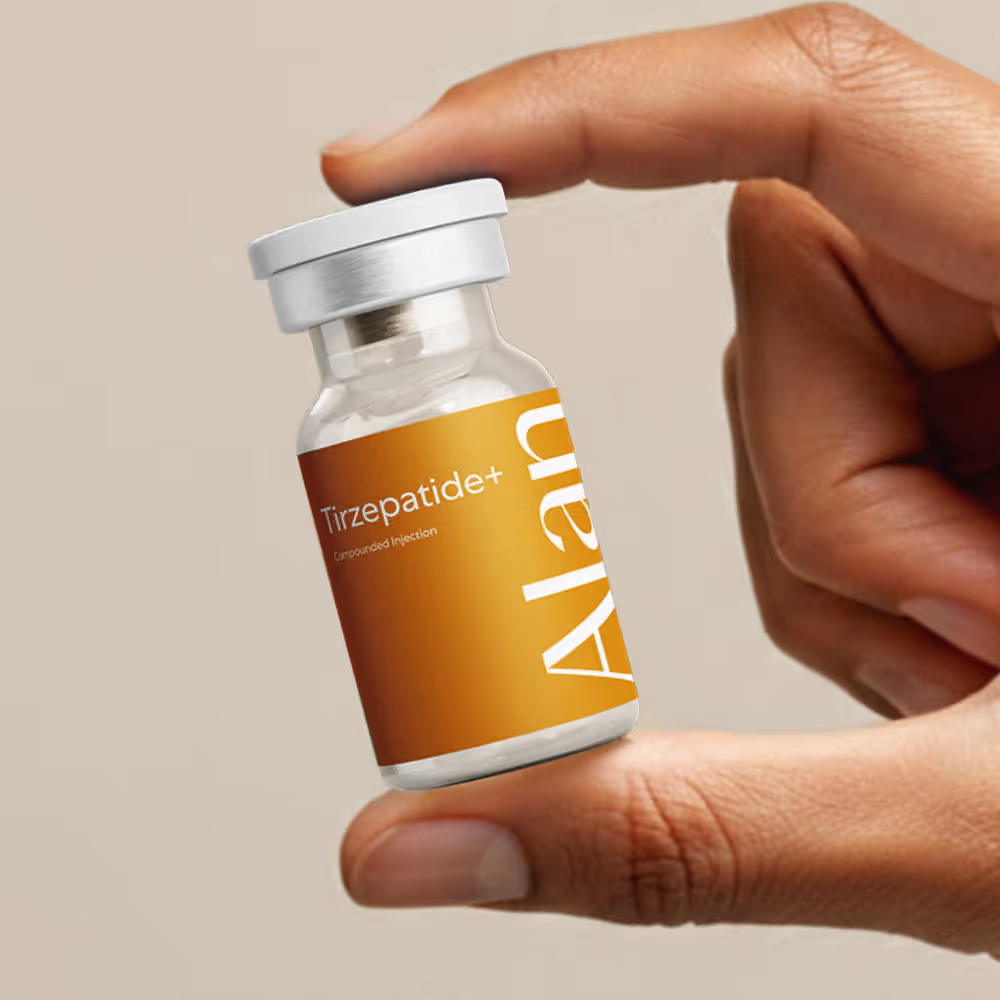





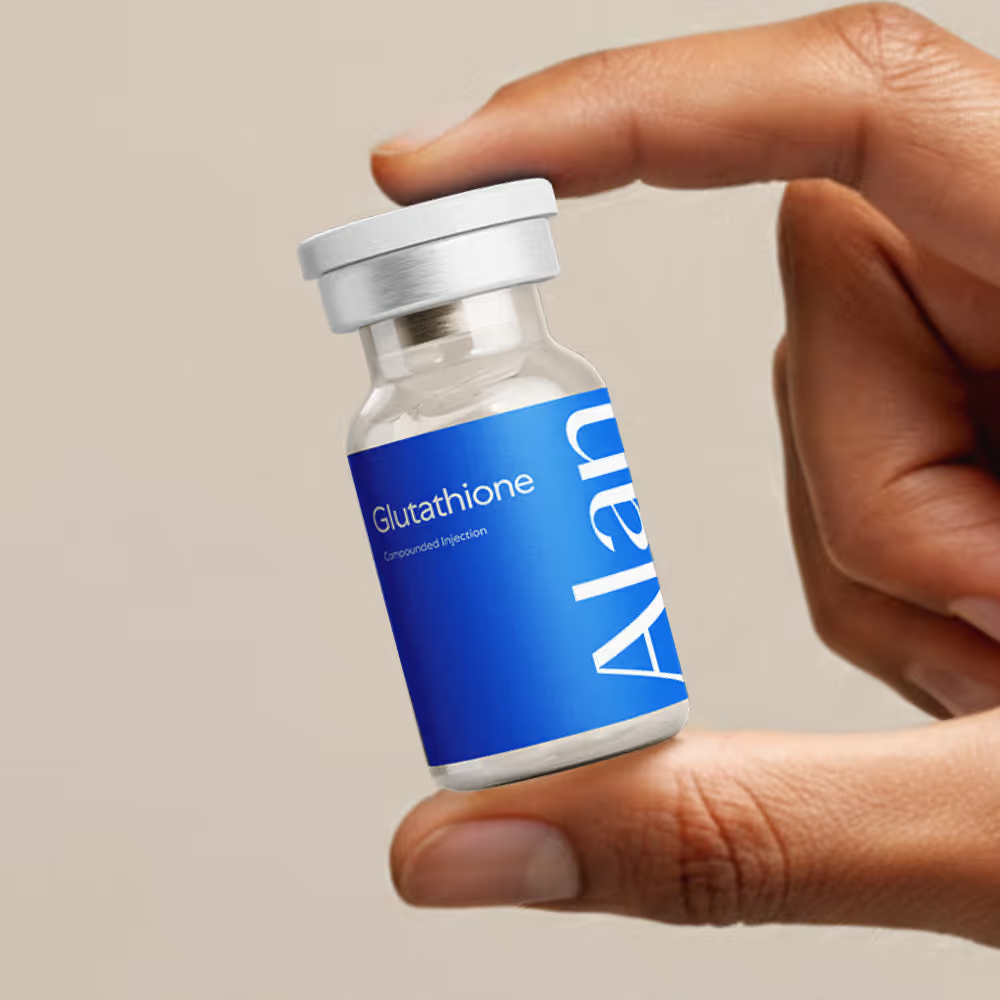



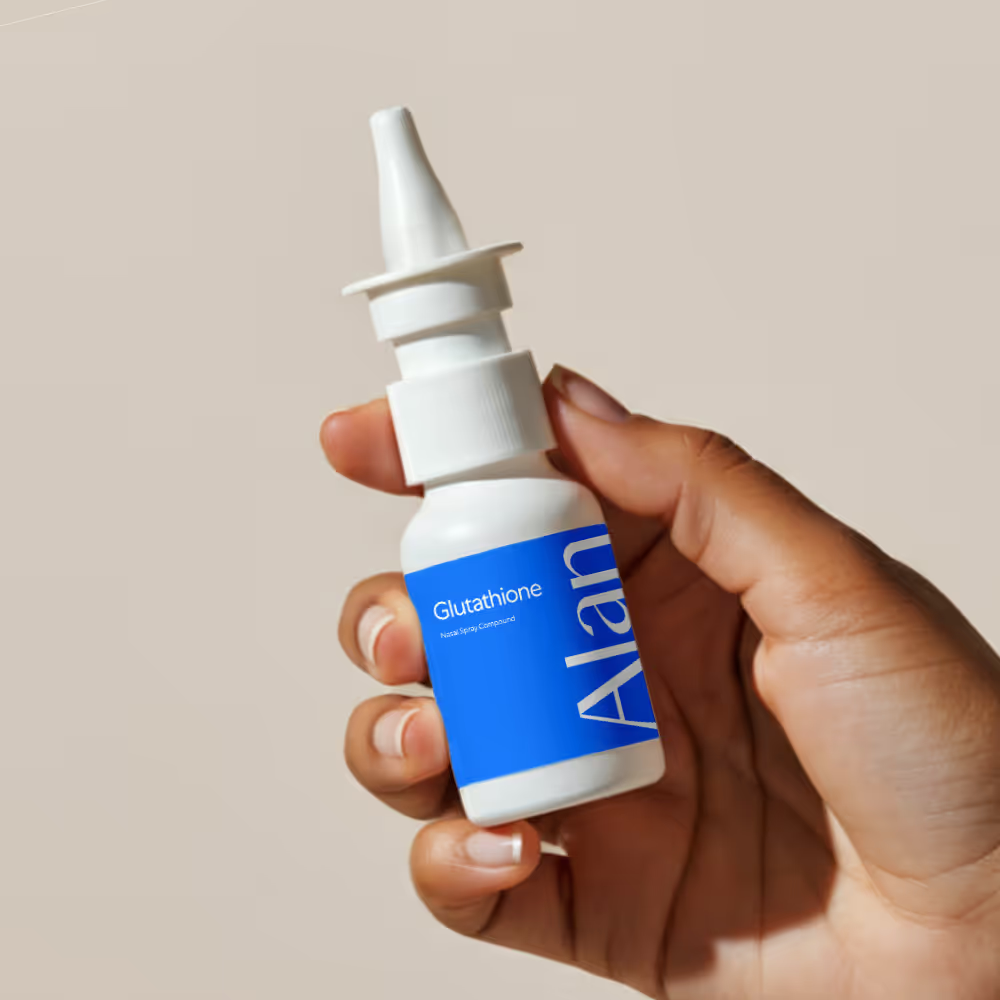

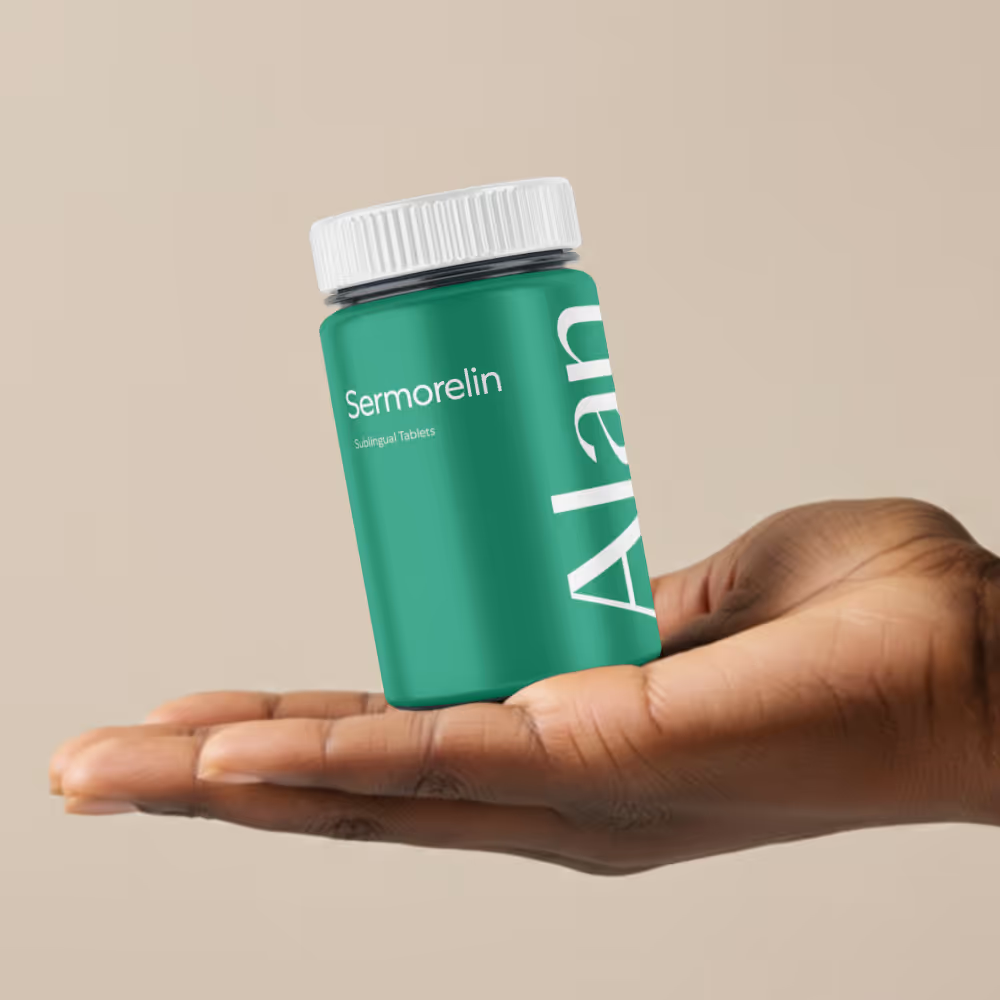

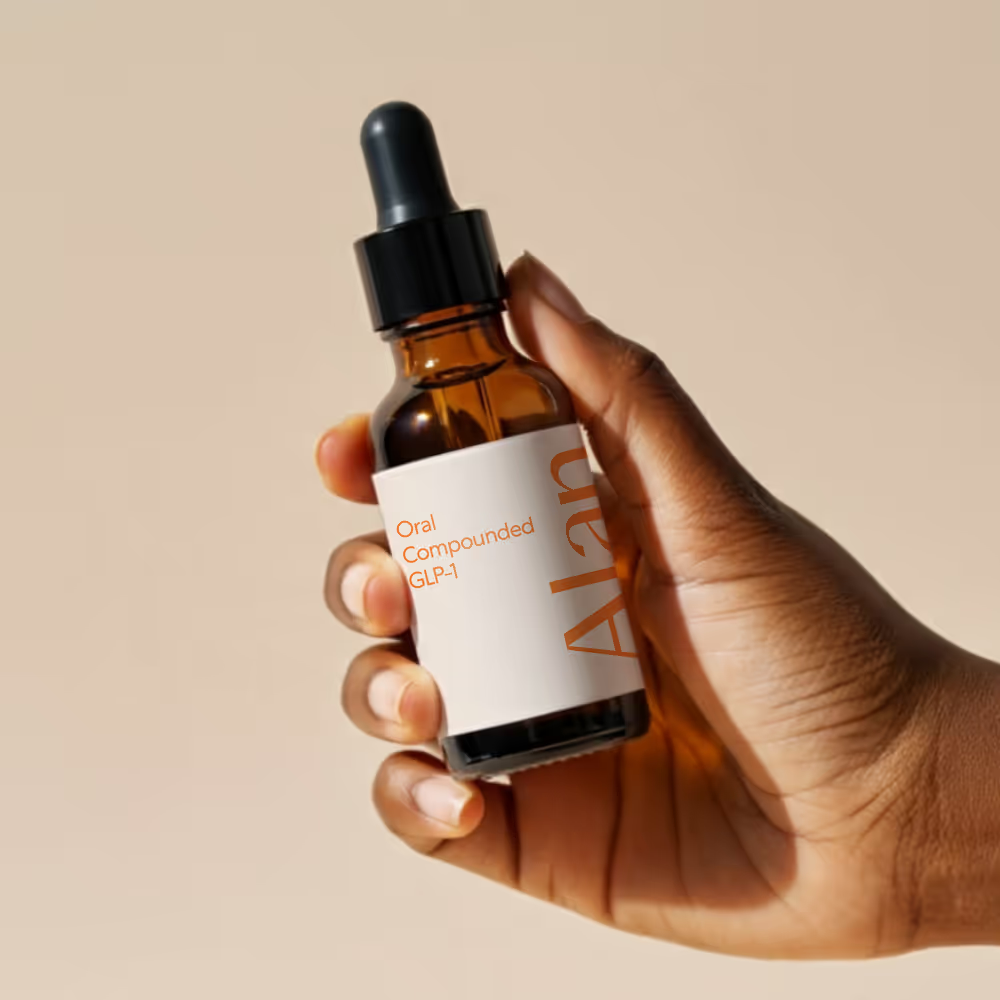



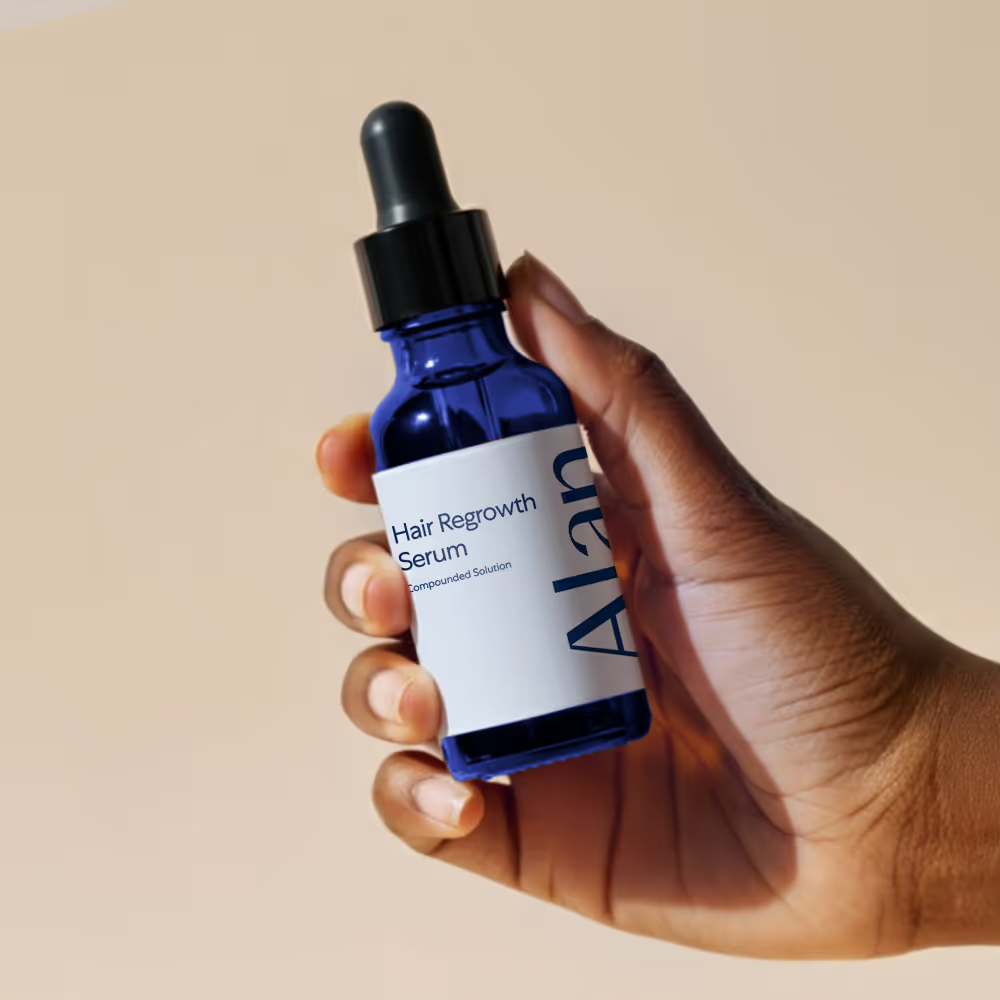

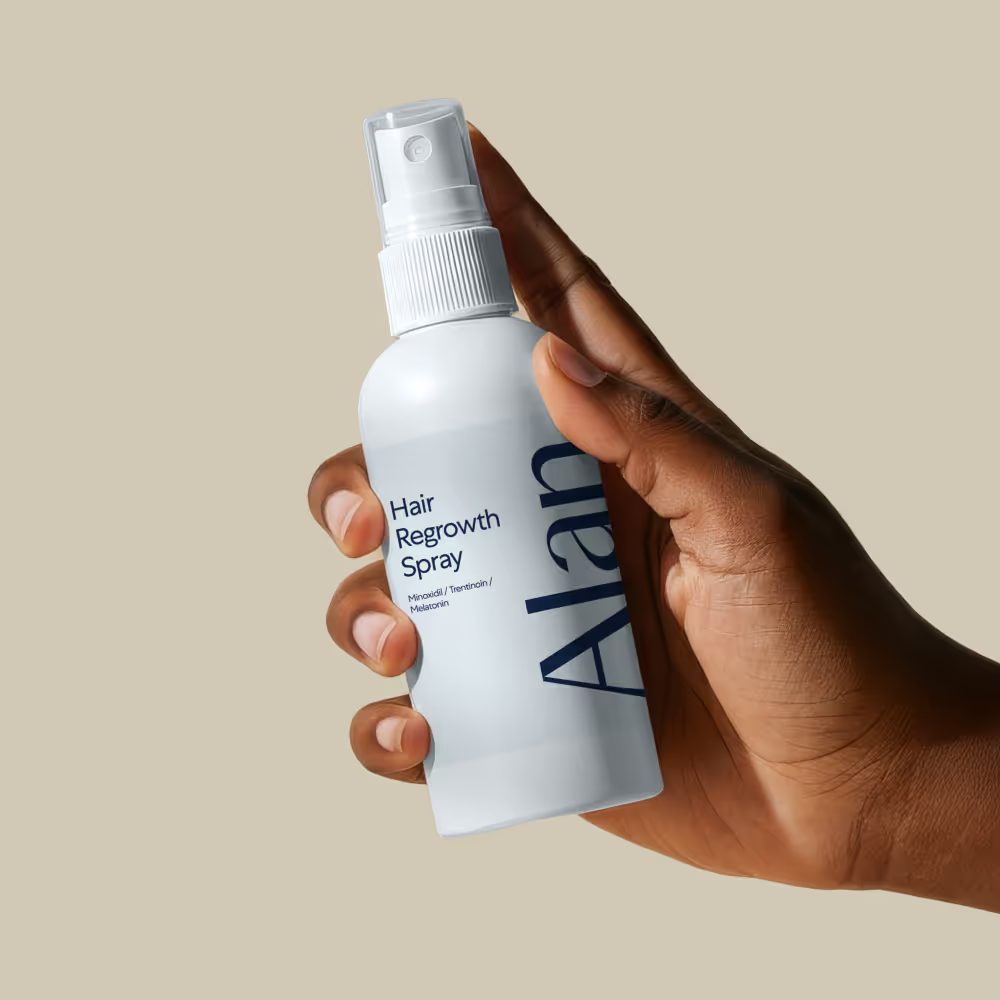

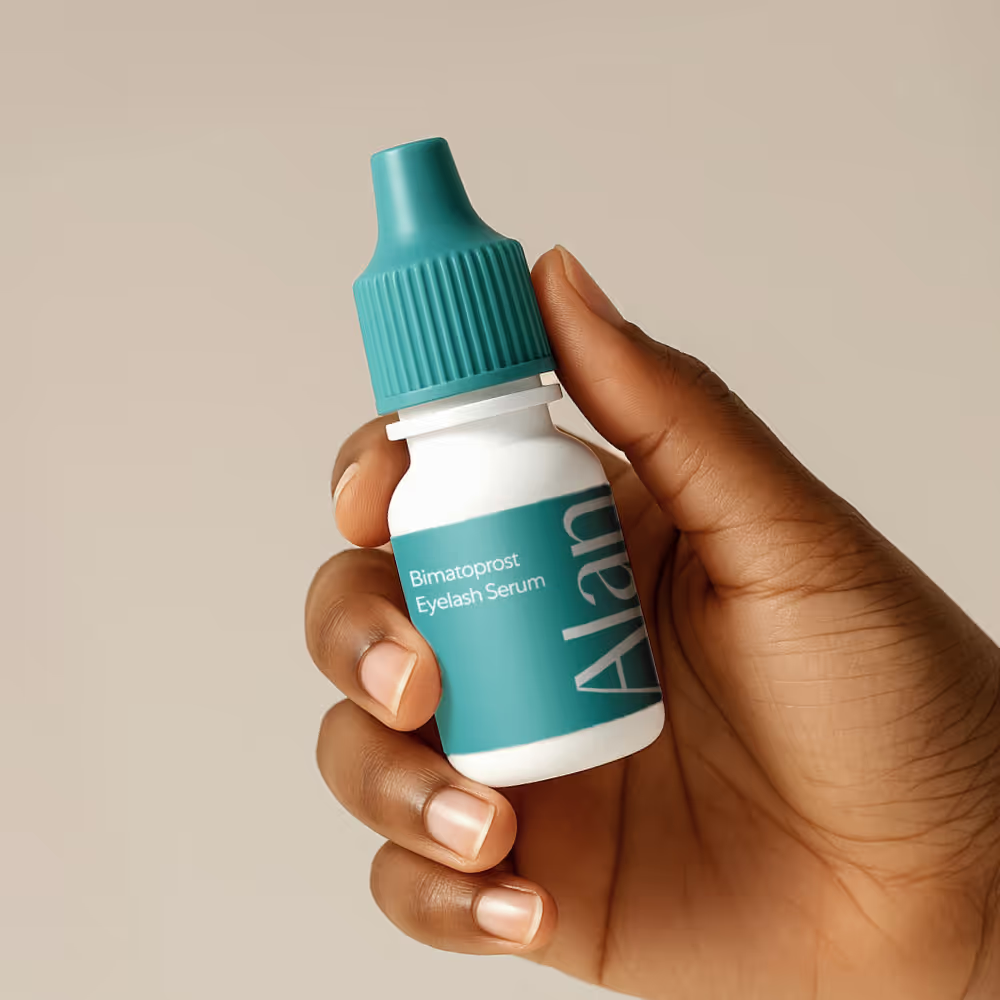



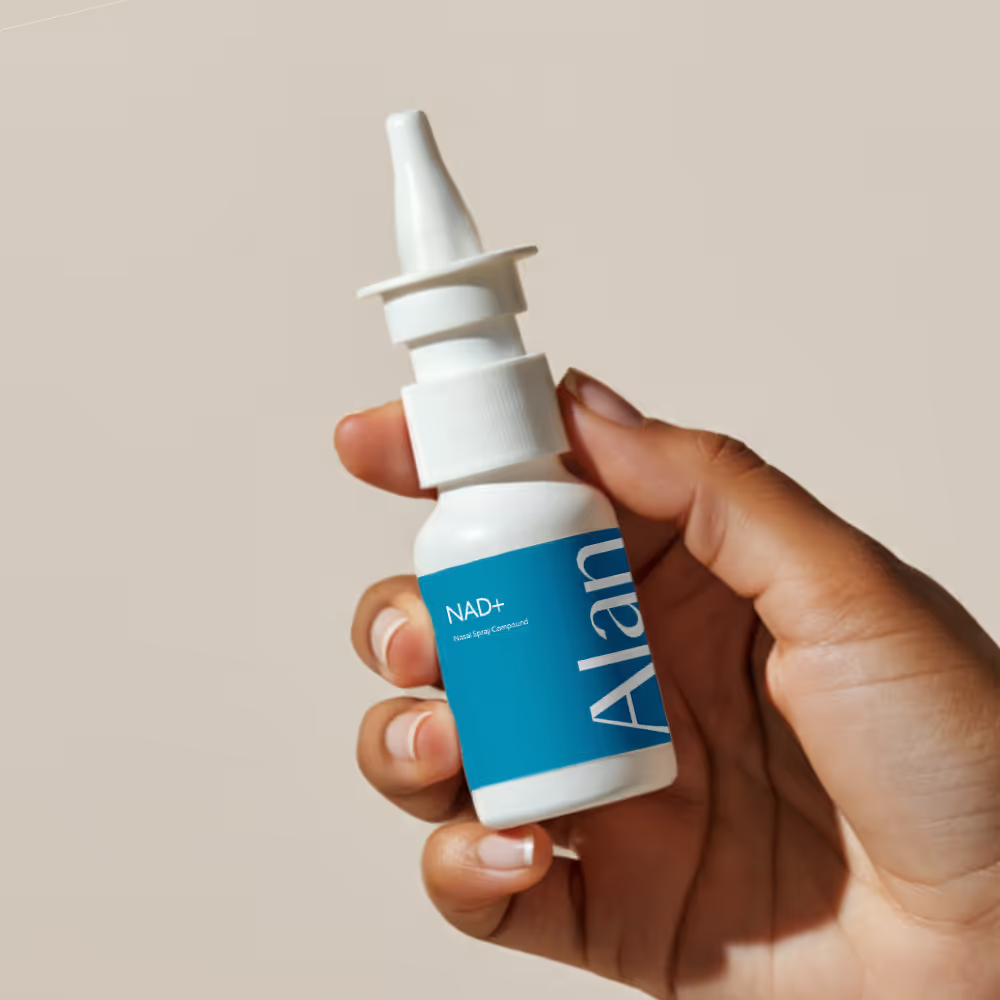

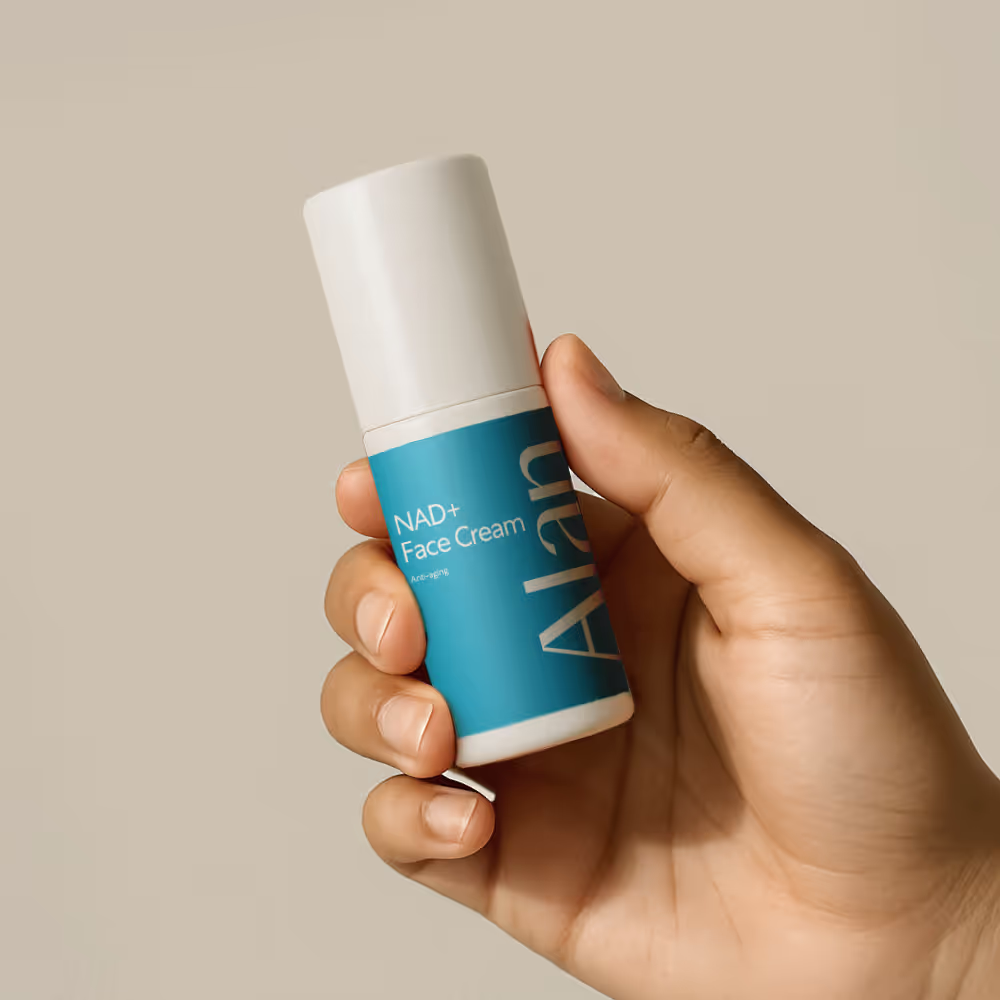

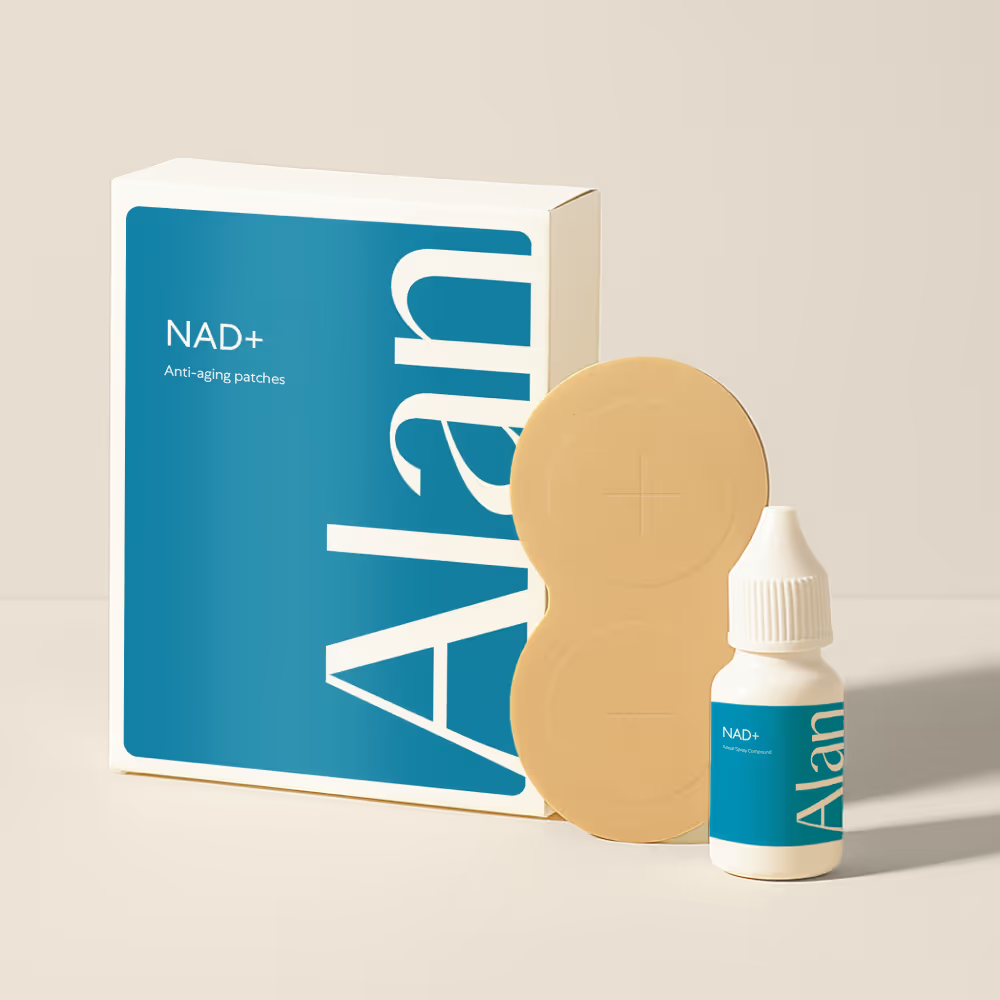

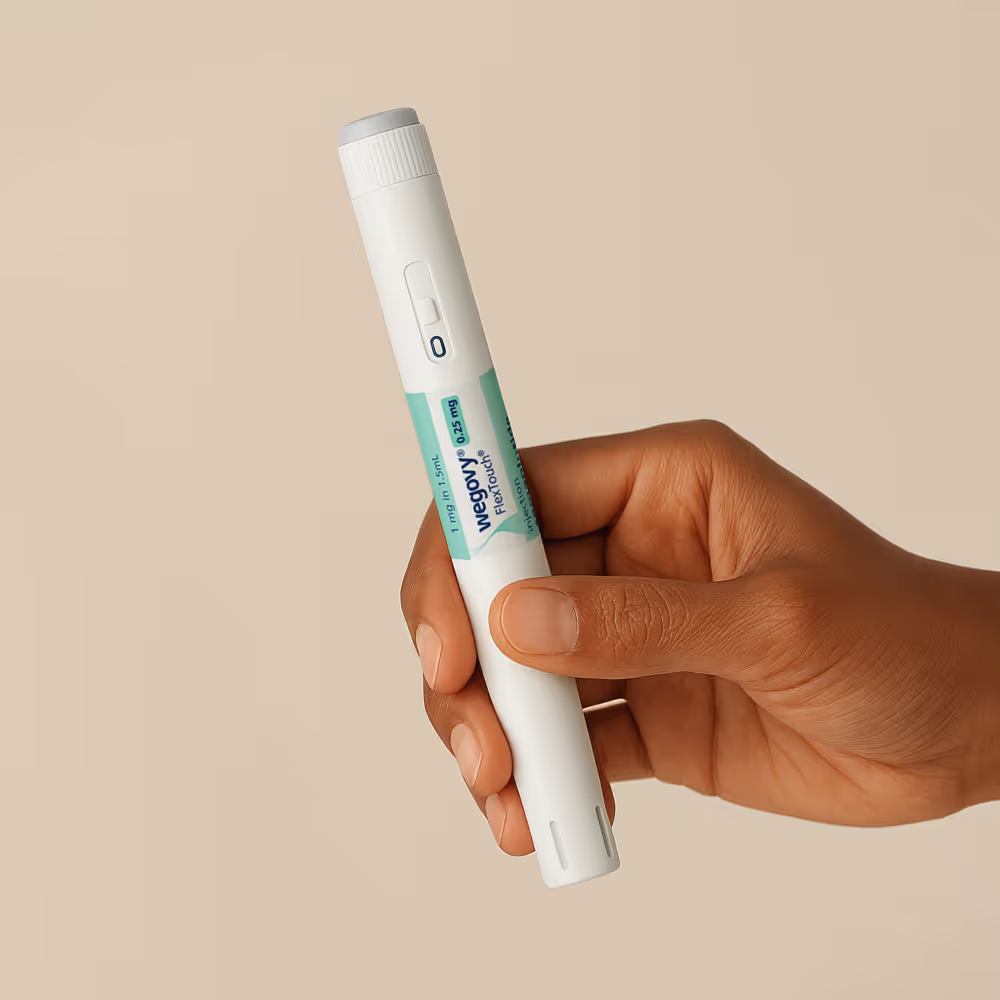

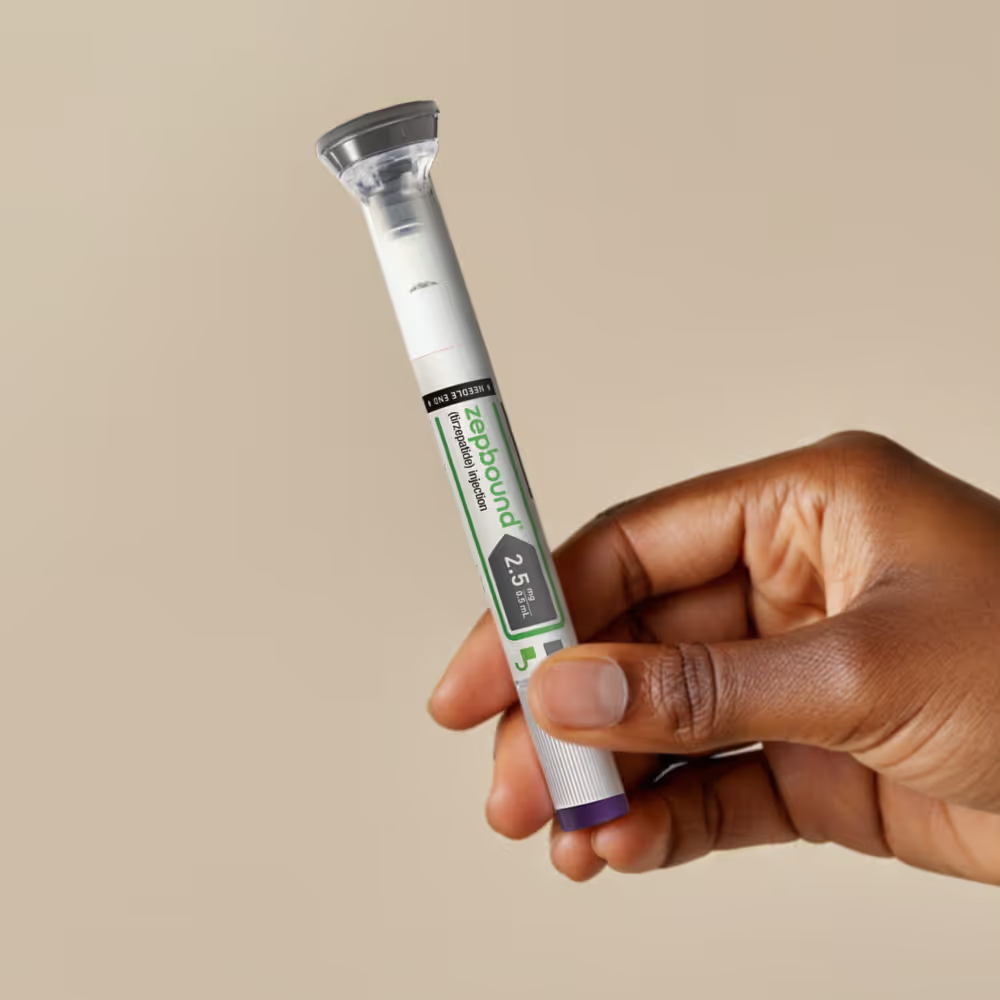

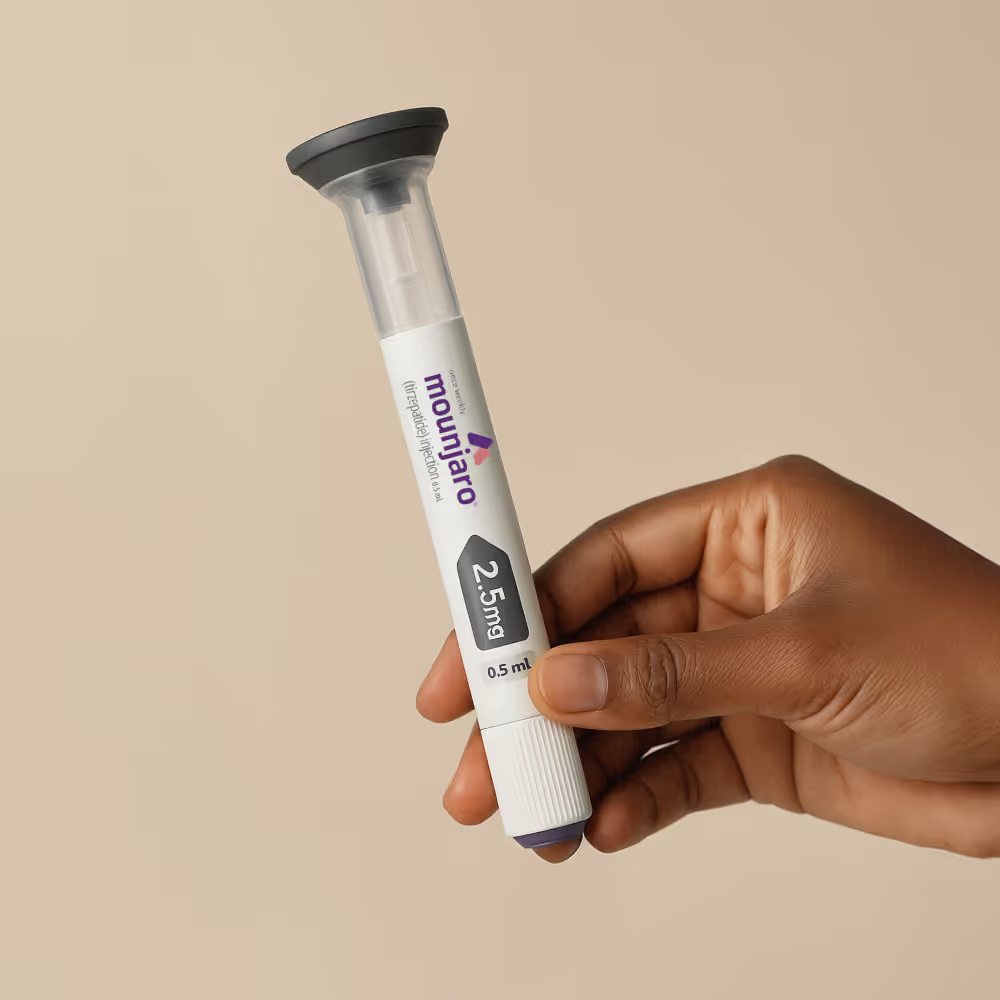

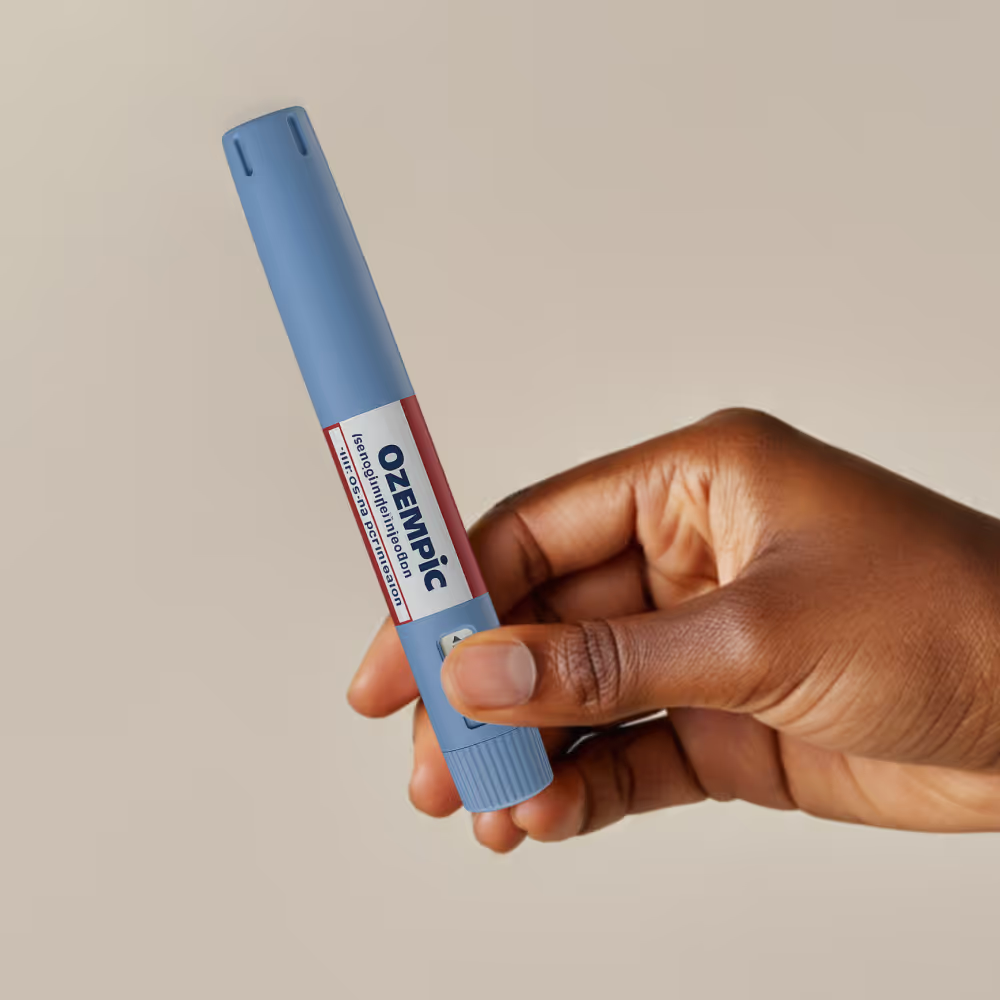



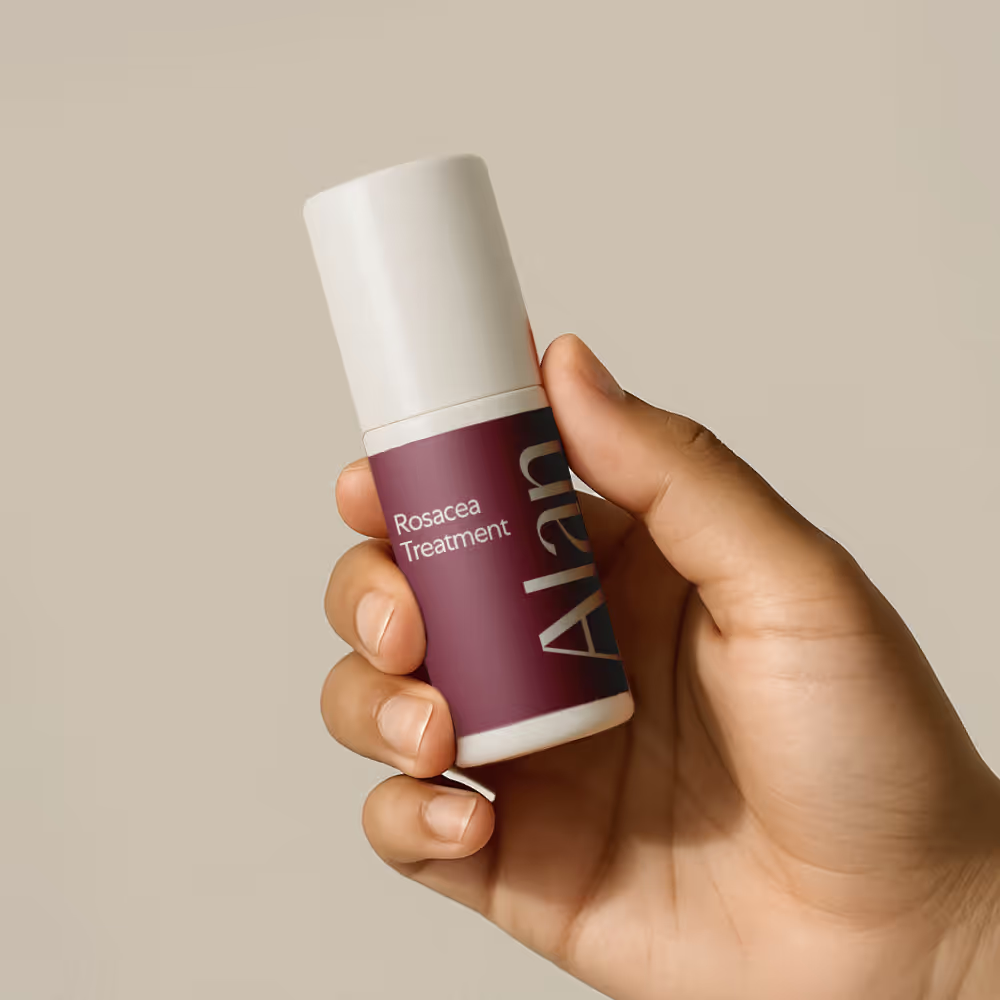

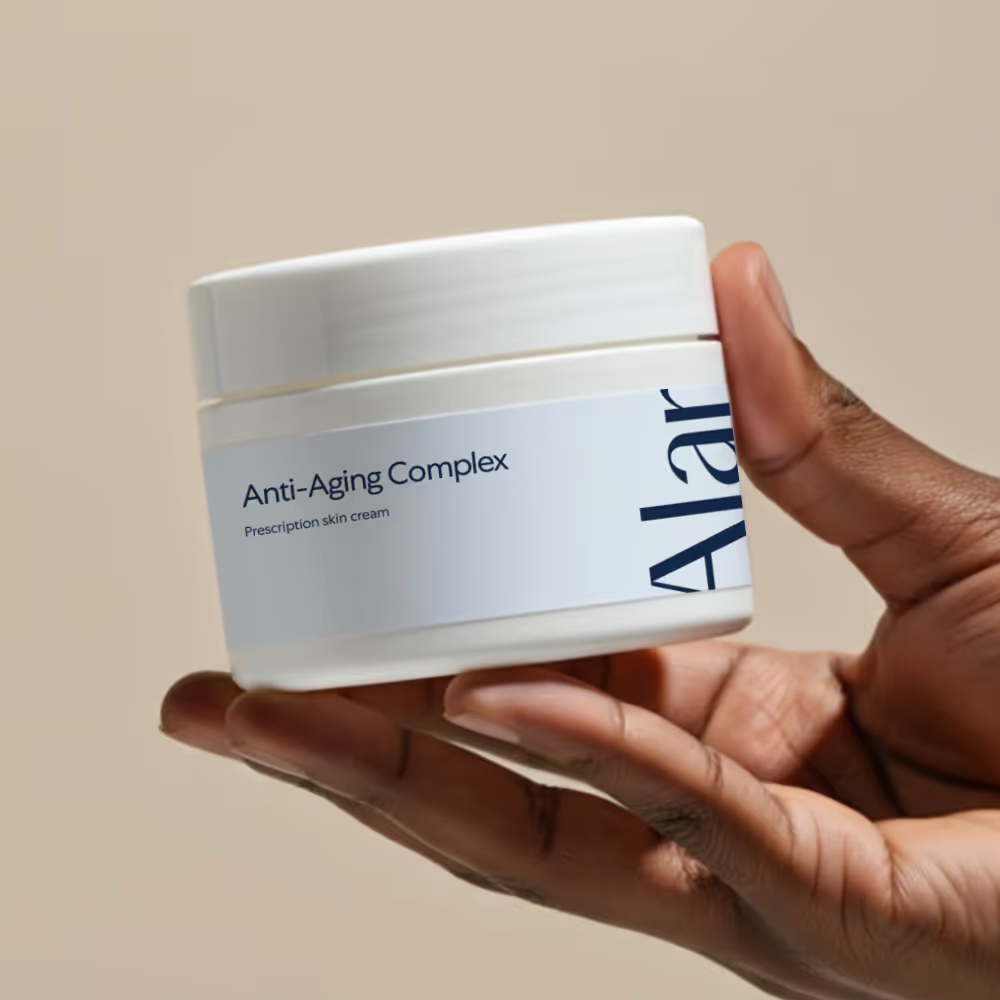

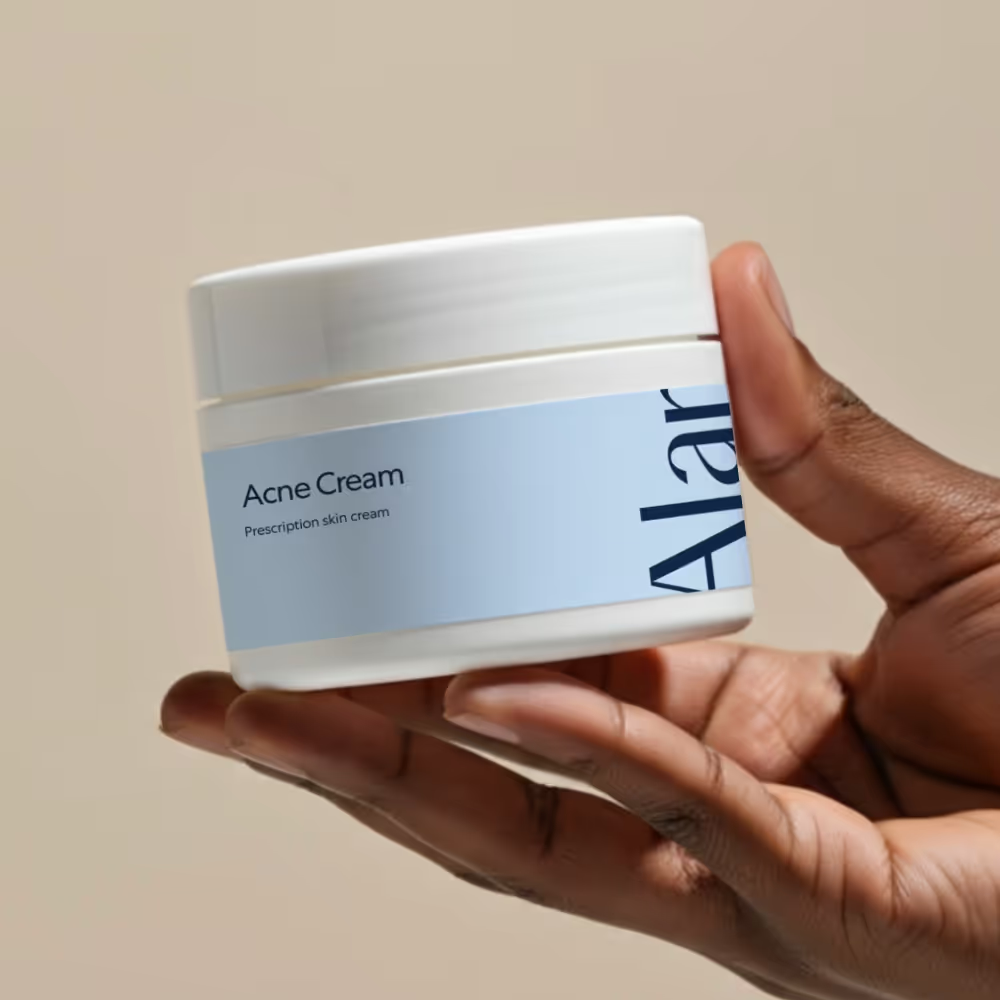



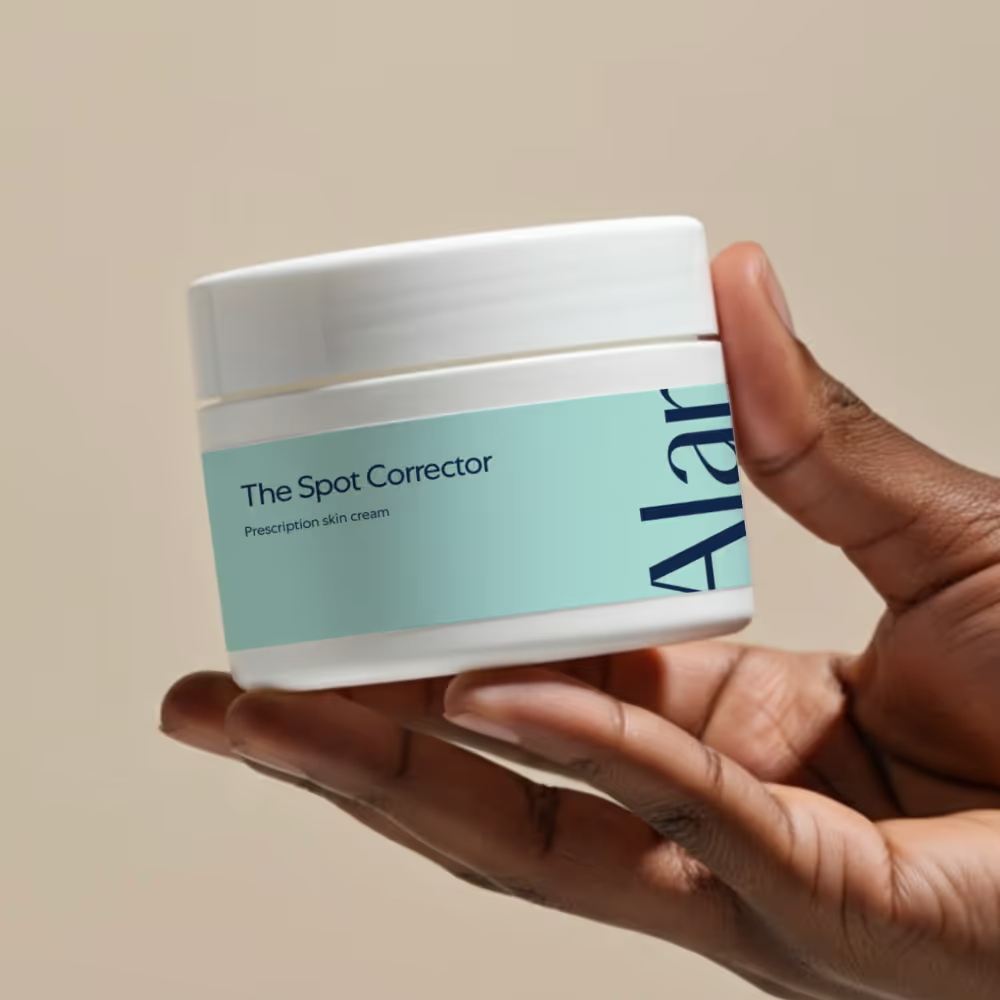



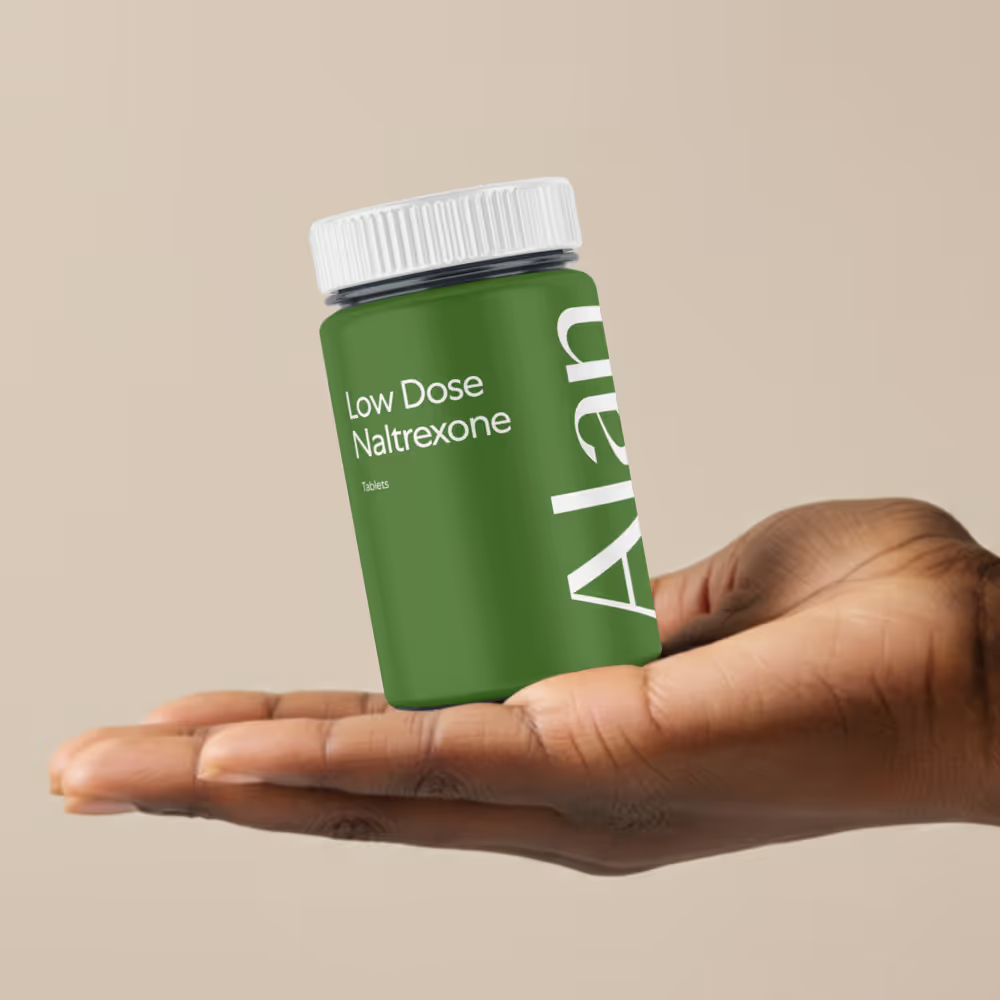







%20(1).avif)
.avif)



